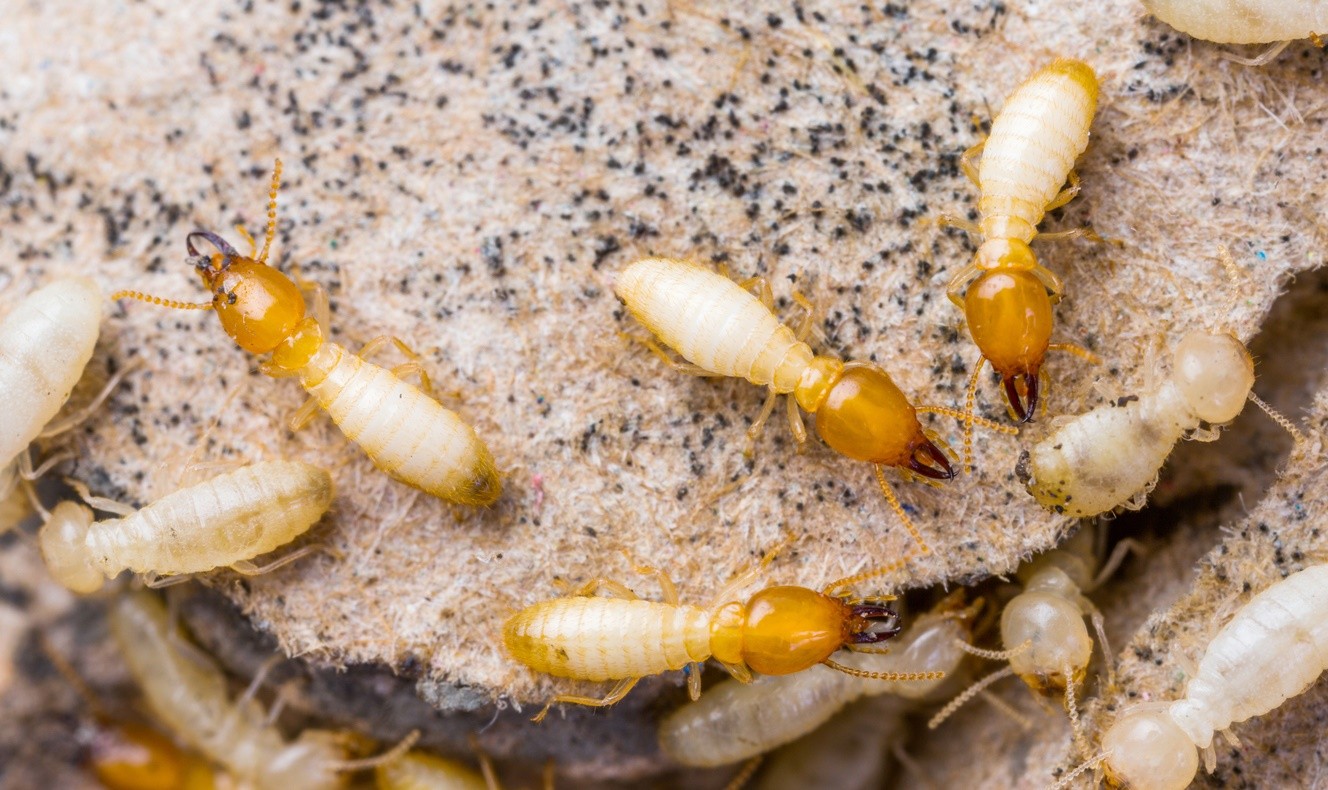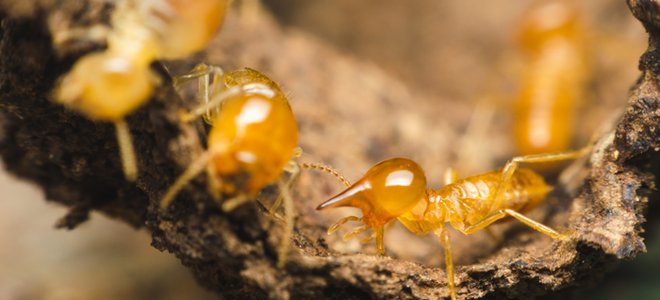If formosan termites infest your attic talk to your termite technician about potential treatment options including fumigation and direct wood treatment.
Drywood termite treatment for spraying in attic.
While we cannot comment on what a professional company is going to do when treating for an active drywood termite infestation you must treat it directingly.
Mostly it may cause damage to home and effectiveness of those treatments are limited.
Armor pest protection inc.
Heat treatment chemical treatment freezing and microwaving are the options for spot treatment but there are downsides.
A foam or gel drywood termite insecticide such as premise foam fuse foam or jecta.
A drill a 1 8 or 1 4 drill bit.
Elimination methods for drywood termites are very different from subterranean elimination.
To prevent drywood termites from accessing your home you can use boracare and spray it up in the attic on all exposed wood also in the exterior up underneath the house and the floor joists.
If the infested wood is painted or otherwise finished and the finish cannot be removed you can use the drill and fill method to treat for drywood termites.
The university of california entomologists claim that injections of insecticidal liquids dusts or foams may be made directly to drywood termite galleries or sometimes to shelter tubes of subterranean termites.
Wood can also be treated directly if termites are inside.
One popular method on how to get rid of termites involves treating the soil around your house with a termite insecticide such as imidacloprid or fipronil.
The average home will cost 15 000 to be fumigated.
But the treatment is costly.
Both termidor sc fipronil for termites and bora care will work but bora care is typically the better one to use for this situation.
For this reason other treatments have been developed and at this time there are a couple that work well.
Keep an eye out for further signs of termite activity and conditions that could create a favorable environment for them.
To use the drill and fill method begin with the following tools and products.
The most common way drywood termites have been treated in the past was by tenting the structure and fumigating.
Desiccants oils pyrethroids neonicotinoids fipronil and many other active ingredients may also be used.










